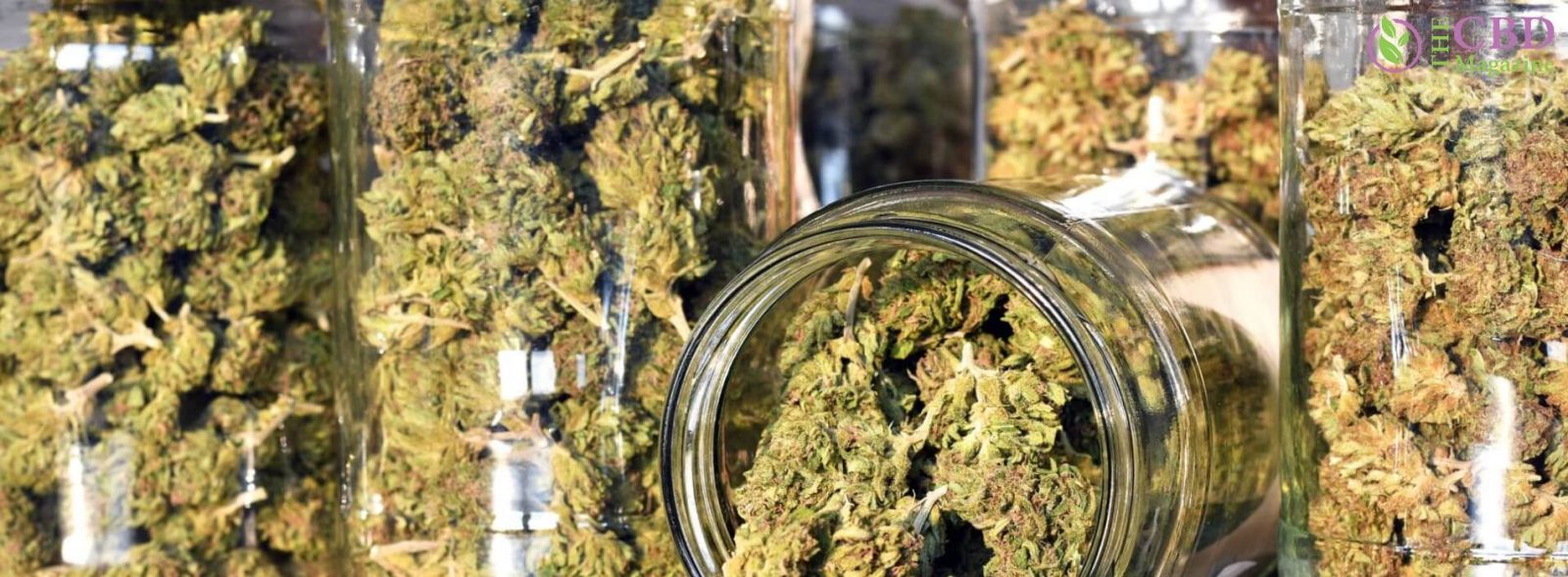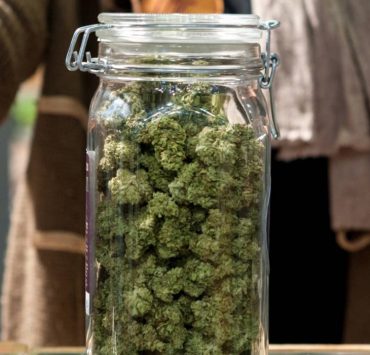Samik has been a literature student all along and uses…
How to cure weed? If this is what you are looking for, then this article is the right one for you. We have compiled some of the most fundamental pieces of information that you might need in order to cure your cannabis to the right level. Stick around.
Overview For Growers: Curing Weed
A general thumb rule that every grower needs to know is that the curing process adds the maximum flavor and potency to your strain. So, this article will help you get the hang of this process so that you know what to do and how to do it.
Knowing how to cure weed will not just help you with making the strain more potent and flavorful. But it will also enhance the shelf-life of the strain and lower the chlorophyll content. So let us see what are the different facets of curing weed, how to go about it, and what are the do’s & don’ts.
Is It Necessary?
The short answer is yes. Yes, it is necessary to cure your weed. Curing and drying the strains will enable you to optimize the aroma, flavor, potency, and shelf-life of the respective strain. Some growers claim that strains like Sour Diesel, Gelonade, Zoap, etc., can last for upto a year if cured properly. This is because the curing process removes excess moisture. This, in turn, makes the strain less prone to mold. And you must know what moldy weed can do to your pulmonary system.
The curing process is, however, not just about drying the cannabis. It is a complex chemical process that can change the very molecular structure of your cannabis. During the initial stages, some of the THC or tetrahydrocannabinol changes into CBN or cannabinol. As a result, growers with years of experience do not rush the curing process.
When a fresh batch of cannabis is harvested, it holds a lot of byproducts like starch and sugar. Curing helps in reducing these by-products. Hence, curing greatly helps in making the strain less prone to bacteria growth. Removing these extra byproducts will also make the strain produce smoother smoke and an appealing aroma.
Does It Increase Potency?
This is a subjective area of curing cannabis. An increase in potency primarily depends upon the amount of time you have invested in order to cure cannabis. Terpenes and cannabinoids need the right nutrients to grow. However, if the moisture content is too high, then there can be a bacterial outgrowth. So, there has to be a certain balance that needs to be maintained,
However, if you do manage to strike this balance in the curing process, then you will certainly be able to enhance its potency. But then, striking the optimal balance is certainly not an easy task to master. So, you need to be careful in order to cure the cannabis optimally. This is something we will discuss later on in this article.
How Long It Takes To Cure Weed?
The optimal time period to cure cannabis is again a subjective issue to deal with. While some strains can be cured in about a few weeks of time, others might take around six months to cure. Therefore, this primarily depends on the grower and strain that they have chosen.
But there are other factors that greatly determine the curing period as well. Some of these factors include temperature, humidity, as well as breathing method. If the conditions are stable, you are looking at a curing period that is around one month. However, if you do not have access to sophisticated pieces of equipment, then the curing period can go up higher.
How To Cure Weed?
With all the important information at your fingertips, you are ready to look at the curing process in a step-by-step format. Here we go!
Tools You Need
In order to start your curing journey, you need to have access to two primary tools. The first is an airtight container. This will enable you to keep your buds in a controlled environment. The second piece of equipment you will need is a curing room. If you are a commercial grower who is curing a large quantity of cannabis, then you need to have access to a curing room. The curing room must be dark, and lights must only be switched on momentarily. This is the place where your cannabis will spend the next few days, therefore you must make it cozy.
Drying Harvested Weed
The next step that comes in the how to cure weed conversation is to dry the harvested cannabis. But before you place the weed into containers to cure, you need to ensure that you do it right. You need to trim or prune some of the excess before placing it in the container. You can go about it in two ways, dry trimming and wet trimming. Dry trimming means that you dry the cannabis a little and then go ahead with pruning, and wet trimming means that you trim the bud instantly after harvesting.
Monitoring Humidity, Airflow & Temperature
A big part of curing your cannabis includes monitoring the environment. If the situations are too wet, the cannabis can have mold or mildew outgrowth. And if the environment is too dry, then the cannabis can lose potency. Hence, you need to maintain the levels in order to cure your cannabis properly. Ideally, a curing room must have a temperature of around 60° to 70° F and a humidity content of 50% to 60%.
Give It Some Time
The last and final step for curing cannabis involves waiting. As a grower, you need to know when to stop curing your cannabis. Ideally, curing can take around a month’s time under predefined conditions. However, some growers prefer curing the strain for longer.
Final Thought
And there you go, our complete guide on how to cure weed properly. As a grower, you need to understand that there are several stages to growing your cannabis before you can roll it out in the open market. And the curing stage is one of the most important stages that can go wrong so easily. So, follow whatever we taught you in order to ace your next project of cannabis curing.
Additional Reading:
Samik has been a literature student all along and uses his fluidity to write about multi-niche topics. Aspiring to be a professional writer, he tries to analyze his topic from a critical standpoint but still adds a hint of personal perspective to the end product. Being a person having a general inclination toward global politics and documentary filmmaking, he also wishes to write and document more about numerous conflicts that are brewing in the different corners of the globe.









